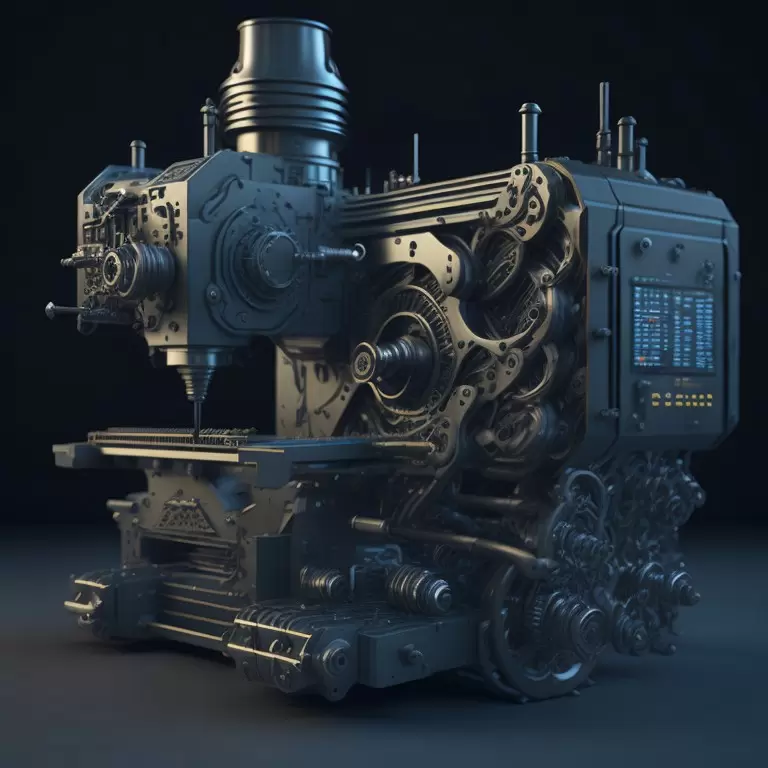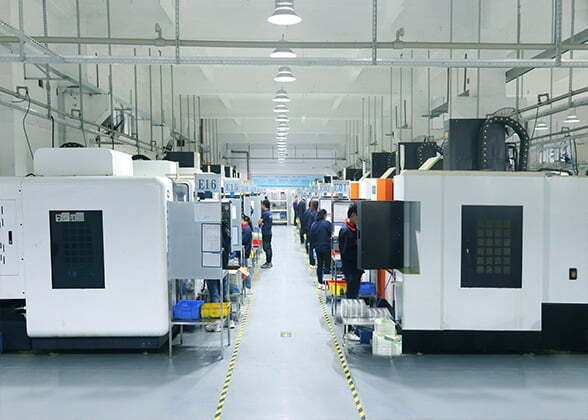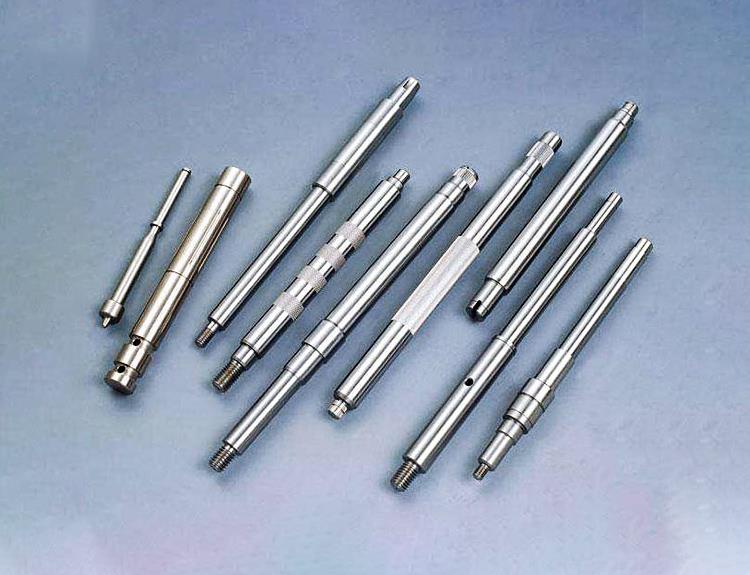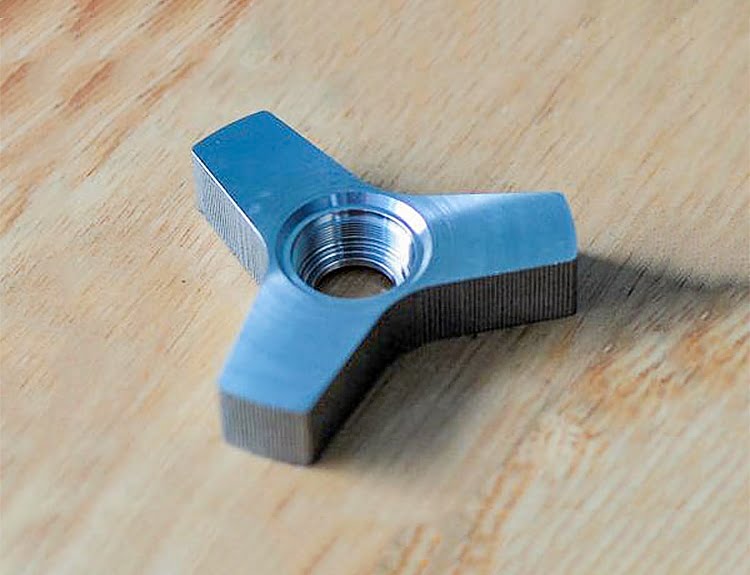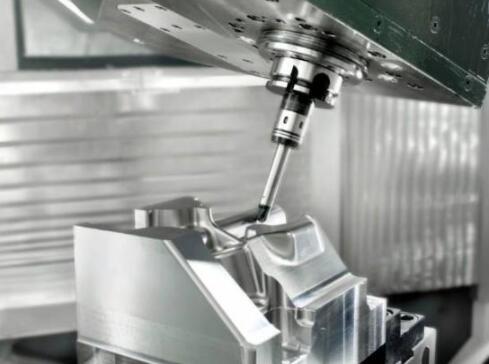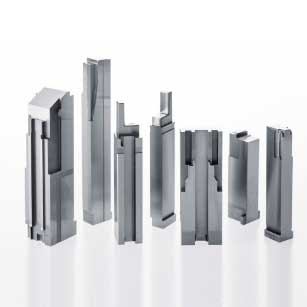Table of Contents:
- Introduction to CNC Turning and Milling Services
- The Benefits of Using CNC Turning and Milling Services
- The CNC Turning Process
- The CNC Milling Process
- Applications of CNC Turning and Milling Services
- Choosing the Right CNC Turning and Milling Service Provider
- Conclusion
-
1.Introduction to CNC Turning and Milling Services
CNC turning and milling services are essential to modern manufacturing practices. These services offer high levels of precision and efficiency, creating complex shapes and designs with a high degree of accuracy. CNC stands for Computer Numerical Control, which refers to the use of computerized systems to control machining operations. CNC turning and milling services can be used to create a range of components for various industries such as automotive, aerospace, medical, and defense. In this article, we will explore the benefits of CNC turning and milling services, the basic steps involved in the CNC turning and milling processes, the tools and machines used, and their applications in the manufacturing industry. We will also discuss factors to consider when choosing the right CNC turning and milling service provider.
-
2.The Benefits of Using CNC Turning and Milling Services
There are several benefits to using CNC turning and milling services in manufacturing.
- Precision: CNC machines can create parts with a high degree of accuracy and consistency, which is critical for ensuring quality in the manufacturing process.
- Efficiency: CNC machines can produce parts quickly and with minimal waste, reducing production time and costs.
- Flexibility: CNC machines can create complex shapes and designs with ease, making them suitable for a wide range of applications.
- Customization: CNC machines can produce parts in small batches or even as a single prototype, allowing for customization to meet specific requirements.
- Reduced Labor: CNC machines require less manual labor and fewer machine operators, reducing labor costs while increasing production output.
- Improved Safety: CNC machines come equipped with safety features that protect machine operators from potential hazards, making the manufacturing process safer for workers.
Overall, the benefits of CNC turning and milling services make them a popular choice for modern manufacturing practices.
-
3.The CNC Turning Process
A. The Basic Steps Involved:
The CNC turning process involves creating cylindrical parts from a workpiece, which rotates while a cutting tool removes material from the workpiece to create the desired shape. The basic steps involved in the CNC turning process are:
- Designing the part: The first step is to create a design file that specifies the shape and dimensions of the part to be created.
- Selecting the material: The material for the workpiece is chosen based on the specific properties required for the finished product.
- Preparing the workpiece: The workpiece is mounted on the CNC lathe, which holds it securely in place while it rotates.
- Programming the CNC lathe: The CNC lathe is programmed with the design file, which specifies the tool paths and cutting parameters required to create the part.
- Machining the part: The CNC lathe creates the part by moving the cutting tool along the surface of the workpiece, removing material and creating the desired shape.
- Finishing the part: Once the part has been machined, it may be subjected to finishing processes such as polishing, deburring, or coating.
B. Tools Used in CNC Turning:
The tools used in CNC turning include:
- Cutting tools: These include various types of tools such as carbide inserts, boring bars, and drills, which are used to remove material from the workpiece.
- Tool holders: These hold the cutting tools in place and allow them to be moved along multiple axes for precise machining.
- Chuck: A mechanism that holds the workpiece in place and rotates it.
- Turret: A tool mount that allows for quick changing of cutting tools during the machining process.
C. Types of CNC Turning Machines:
There are several types of CNC turning machines, including:
- Standard CNC lathes: These are the most common type of CNC turning machines, and they are used for a wide range of applications.
- Swiss-style lathes: These are designed for creating small, complex parts with high precision.
- Multi-axis turning centers: These machines use multiple spindles and turret placements to create parts with complex geometries.
- Vertical turning centers: These machines use a vertical spindle orientation to create parts with large diameters, such as gears or pulleys.
-
4.The CNC Milling Process
A. The Basic Steps Involved:
The CNC milling process involves removing material from a workpiece using rotating cutting tools to create a part with the desired shape and features. The basic steps involved in the CNC milling process are:
- Designing the part: The first step is to create a design file that specifies the shape and dimensions of the part to be created.
- Selecting the material: The material for the workpiece is chosen based on the specific properties required for the finished product.
- Preparing the workpiece: The workpiece is mounted on the CNC milling machine, which holds it securely in place.
- Programming the CNC milling machine: The CNC milling machine is programmed with the design file, which specifies the tool paths and cutting parameters required to create the part.
- Machining the part: The CNC milling machine creates the part by moving the cutting tool along the surface of the workpiece, removing material and creating the desired shape.
- Finishing the part: Once the part has been machined, it may be subjected to finishing processes such as polishing or coating.
B. Tools Used in CNC Milling:
The tools used in CNC milling include:
- Cutting tools: These include various types of tools such as end mills, drills, and reamers, which are used to remove material from the workpiece.
- Tool holders: These hold the cutting tools in place and allow them to be moved along multiple axes for precise machining.
- Cutter heads: These hold multiple cutting tools and allow for multiple operations to be performed simultaneously.
- Workholding fixtures: These hold the workpiece in place and ensure that it remains stationary while the milling process is underway.
C. Types of CNC Milling Machines:
There are several types of CNC milling machines, including:
- Vertical milling machines: These have a vertical spindle orientation and are used for creating parts with complex geometries that require a high degree of precision.
- Horizontal milling machines: These have a horizontal spindle orientation and are used for creating parts with large surface areas.
- 5-axis milling machines: These allow for the creation of parts with complex geometries that would be difficult or impossible to create with other types of milling machines.
- CNC routers: These are used for creating parts with large surface areas, such as signs or decorative elements.
-
5.Applications of CNC Turning and Milling Services
CNC turning and milling services are used in a wide range of applications across various industries. Some common applications include:
- Automotive industry: CNC turning and milling services are used for creating parts such as brake rotors, engine components, and suspension systems.
- Aerospace industry: CNC turning and milling services are used to create critical components for aircraft such as engine parts, fuselage components, and landing gear.
- Medical industry: CNC turning and milling services are used to create precision medical components such as surgical instruments, implants, and prosthetics.
- Defense industry: CNC turning and milling services are used to create components for military vehicles and weapons systems.
- Electronics industry: CNC turning and milling services are used for creating components for electronic devices such as connectors, switches, and circuit boards.
- Construction industry: CNC turning and milling services are used for creating architectural components such as railings, stairs, and decorative features.
Overall, CNC turning and milling services are essential for creating complex, high-precision parts for a wide range of applications across various industries.
-
6.Choosing the Right CNC Turning and Milling Service Provider
A. Factors to Consider:
When choosing a CNC turning and milling service provider, there are several factors to consider, including:
- Experience: Look for a provider with extensive experience in the industry and a track record of delivering quality services.
- Equipment: Check if the provider uses advanced equipment and technology to ensure precision and efficiency.
- Material selection: Ensure that the provider has experience in working with the specific materials required for your project.
- Technical expertise: Make sure that the provider has technical expertise to provide solutions to any issues that may arise during the manufacturing process.
- Quality control: Determine if the provider has a robust quality control system in place to ensure that the finished product meets your specifications.
- Pricing: Compare pricing and ensure that the provider offers competitive pricing while delivering quality products and services.
B.V1 Machining:
V1 Machining as a offers CNC Turning and Milling service of company has cooperated with many companies in the United States, Germany, and Canada for up to 10 years. Fast DMF assessment, efficient service, is the beginning of our cooperation.
C. Questions to Ask:
When selecting a CNC turning and milling service provider, consider asking the following questions:
- What types of materials do you work with?
- What is your experience in creating parts for my specific industry or application?
- What type of equipment and technology do you use to ensure precision and efficiency?
- How do you ensure quality control throughout the manufacturing process?
- Are you able to provide prototypes and small batch production runs?
- What is your pricing structure and estimated lead time for my project?
- Do you have any certifications or accreditations related to CNC turning and milling services?
By asking these questions, you can ensure that you select a reputable CNC turning and milling service provider that meets your specific requirements.

-
7.Conclusion: The Future of CNC Turning and Milling Services in Manufacturing
CNC turning and milling services play a crucial role in modern manufacturing practices, providing precision, efficiency, flexibility, and customization. The ability to create complex shapes and designs with high accuracy, while reducing labor and production costs, has led to the increasing adoption of CNC turning and milling services across various industries.
In the future, advancements in technology and the integration of artificial intelligence and machine learning are likely to further enhance the capabilities of CNC turning and milling services. This could result in even faster production times, higher levels of precision, and the ability to produce even more complex parts and designs.
The demand for customized and specialized parts is also expected to increase, driving the need for CNC turning and milling services. As a result, CNC turning and milling service providers will need to innovate and evolve to meet the growing needs of their customers.
Overall, CNC turning and milling services are an essential component of modern manufacturing practices and will continue to play a critical role in shaping the future of the industry.

